Leaving Hong Phong commune, we went to Nam Cao linen weaving village, Kien Xuong district. This is a craft village over 400 years old, and is the only place with manual linen and silk spinning techniques in Vietnam and the world. In 2023, the village was also granted a certificate of "Silk linen and silk weaving" by the Ministry of Culture, Sports and Tourism and included in the list of National Intangible Cultural Heritage.

The first place we visited was the family of artisan Nguyen Dinh Dai, over 60 years old, in Cao Dat Doai village. He is the 4th generation in the family with the oldest traditional silk weaving profession in Nam Cao. He said that Nam Cao villagers still spin silk threads by hand, and there is no machine in the world that can replace it. This technique can utilize broken cocoons that cannot be spun into silk, to spin and roll the thread, then reconnect them into silk threads. Currently, Nam Cao silk does not use waste cocoons, but clean and beautiful cocoons, after spinning the thread, it goes through 20 manual steps to create a fabric that is soft and drapey.

Mr. Dai’s father was the one who sought to “learn” from neighboring weaving villages and invented the loom, creating a unique weaving technique for Nam Cao village, instead of just providing raw materials such as silk and linen as before . After many upgrades, the looms now have motors and run semi-automatically, helping to increase productivity as well as reduce the hardship for weavers. Nam Cao’s fabrics have been exported to France and Europe, now to Thailand and Laos, and are focusing on exploiting the domestic market, putting them into fashion designs and daily-use products to serve Vietnamese consumers.

Both are derived from silk fibers, but linen has its own unique characteristics compared to silk. If silk is soft, smooth and can be mass-produced by machine, linen is rougher and can only be produced by hand . Linen is porous because the fibers are drawn by hand, so it will be warm in winter, cool in summer, easy to wash and dry quickly.

Linen may not look appealing at first, but the more it comes into contact with the body, the softer and shinier it becomes. In addition to its fashion applications, linen also has medical uses such as antibacterial and fire resistance thanks to the natural properties of silkworms. Linen is increasingly valuable, as it has become a valuable material that the sustainable fashion industry is looking for.
Heritage Magazine



![[Photo] Wandering through dreams](https://vphoto.vietnam.vn/thumb/1200x675/vietnam/resource/IMAGE/2025/6/24/5eacd7c04f86495cbff912448fa6e934)

![[Photo] Prime Minister Pham Minh Chinh chairs the national online conference on combating smuggling, production and trade of counterfeit goods.](https://vphoto.vietnam.vn/thumb/1200x675/vietnam/resource/IMAGE/2025/6/23/4a682a11bb5c47d5ba84d8c5037df029)

![[Photo] Prime Minister Pham Minh Chinh holds meeting to launch exhibition of national achievements to celebrate 80th National Day](https://vphoto.vietnam.vn/thumb/1200x675/vietnam/resource/IMAGE/2025/6/23/0c0c37481bc64a9ab31b887dcff81e40)




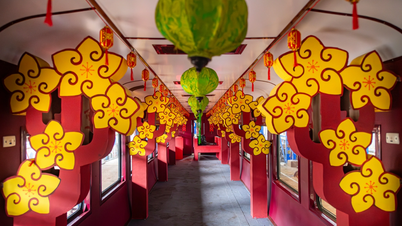




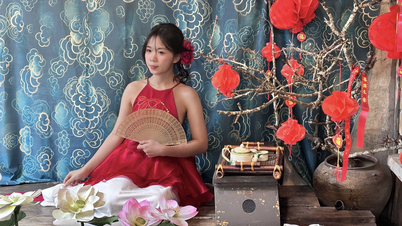


















































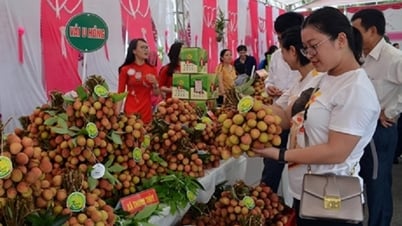

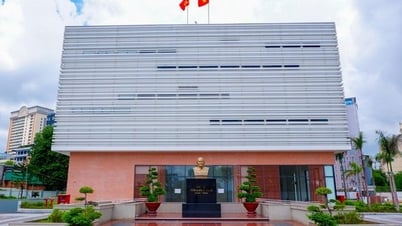



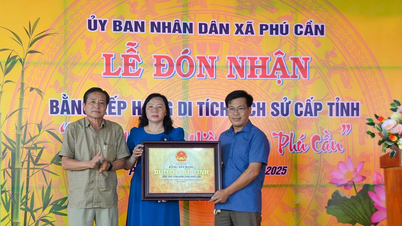








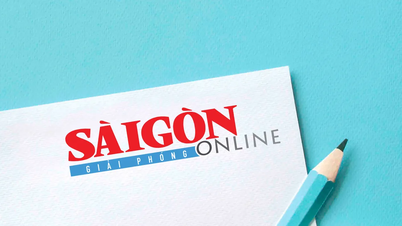














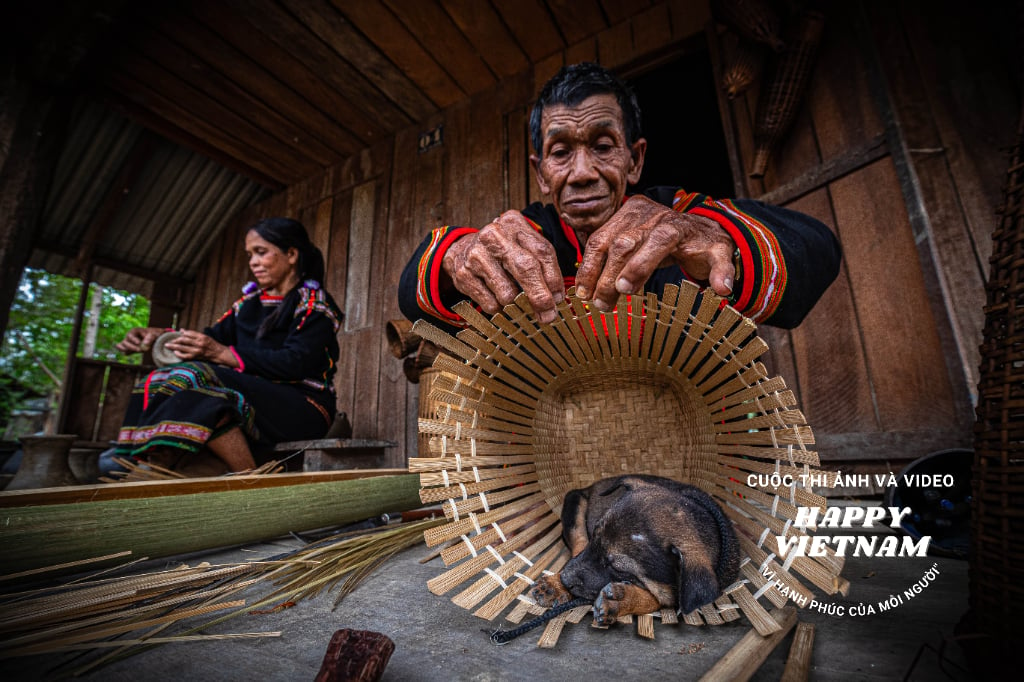

Comment (0)